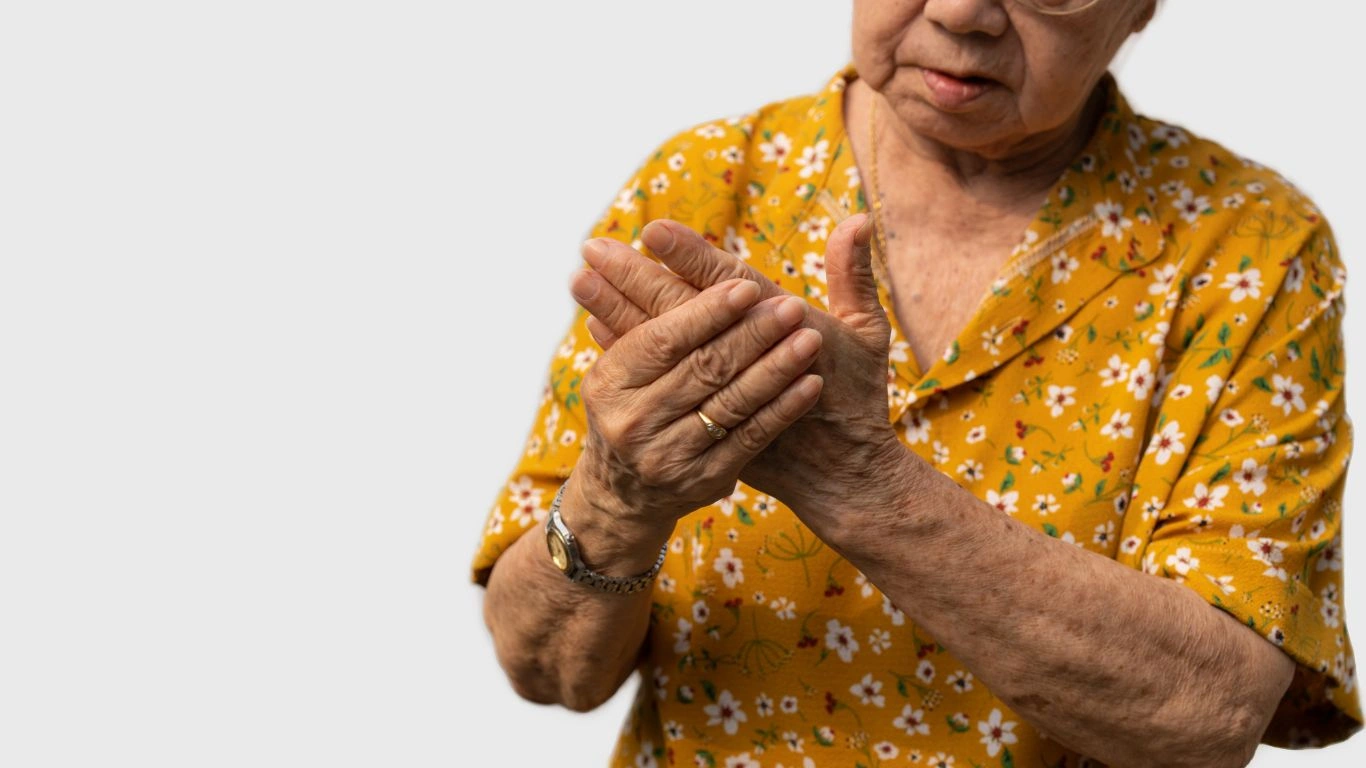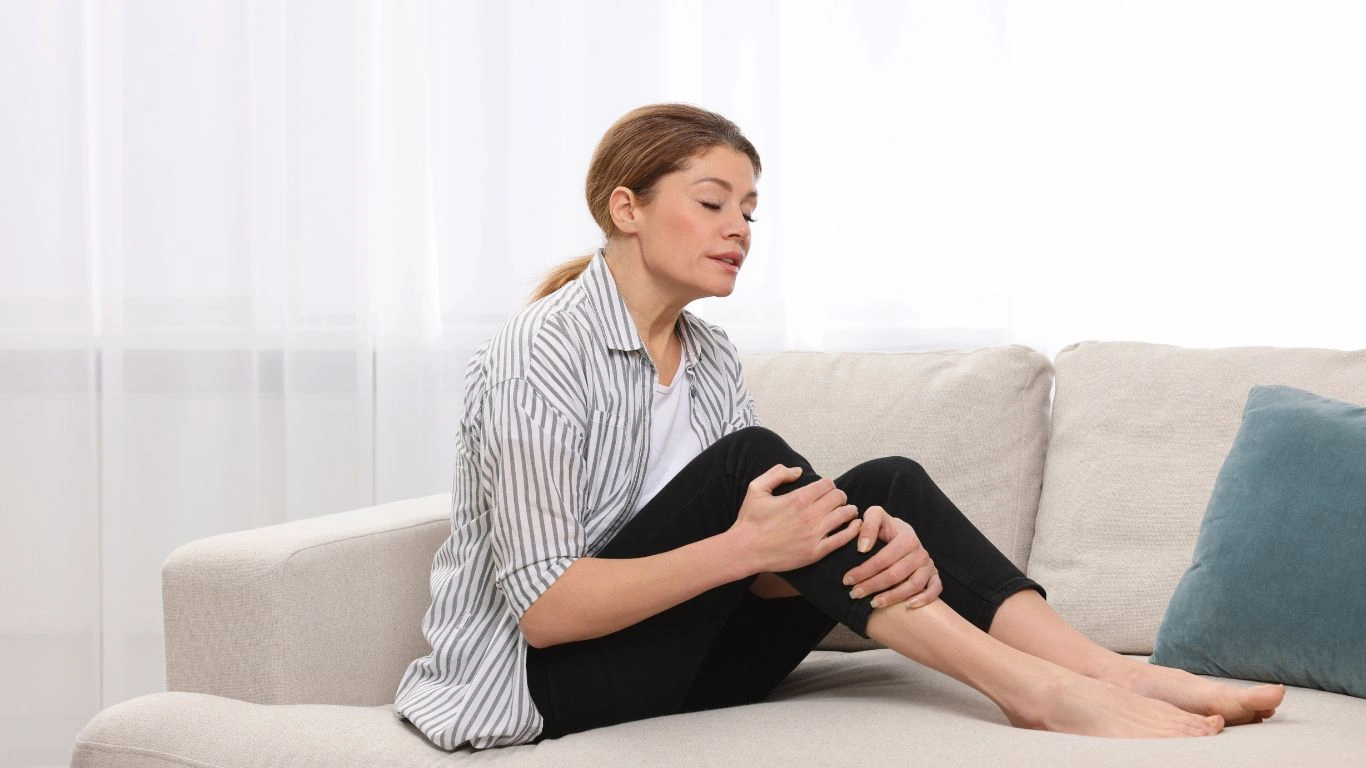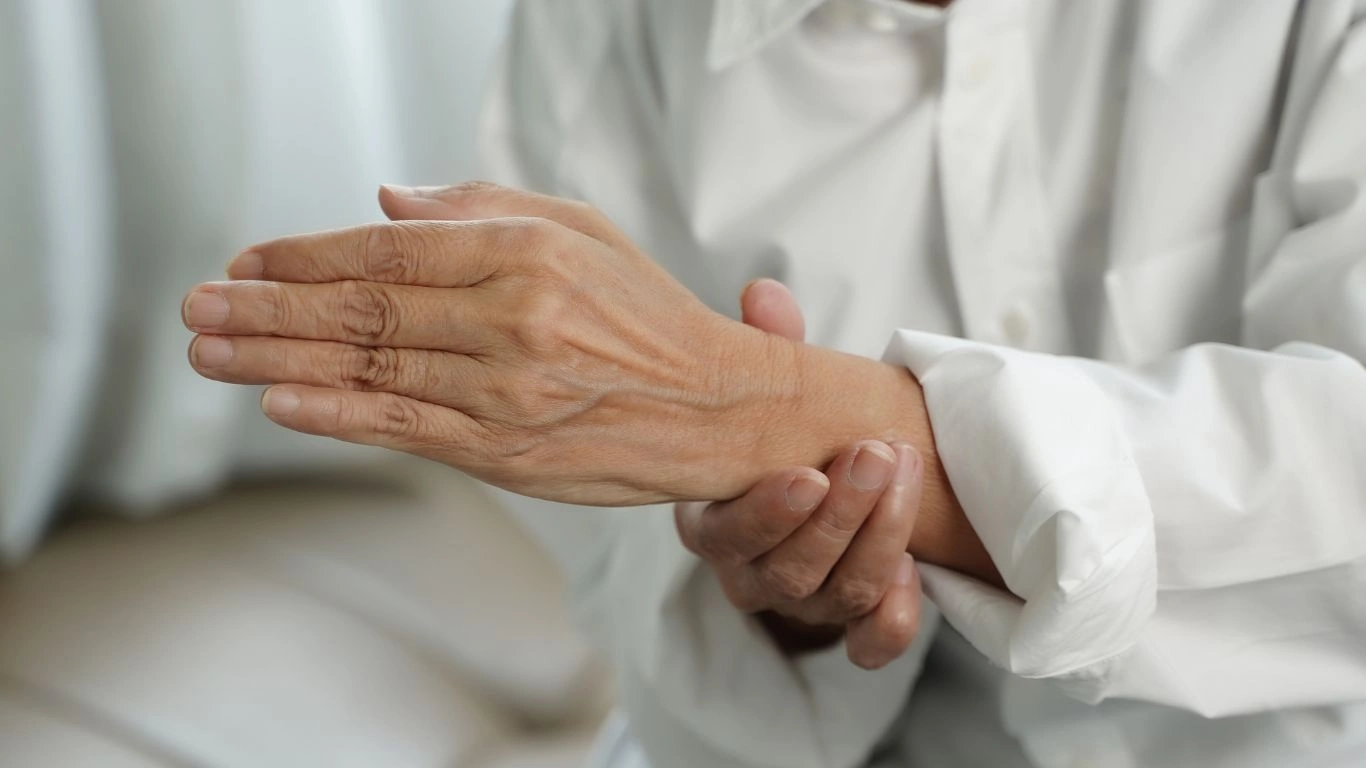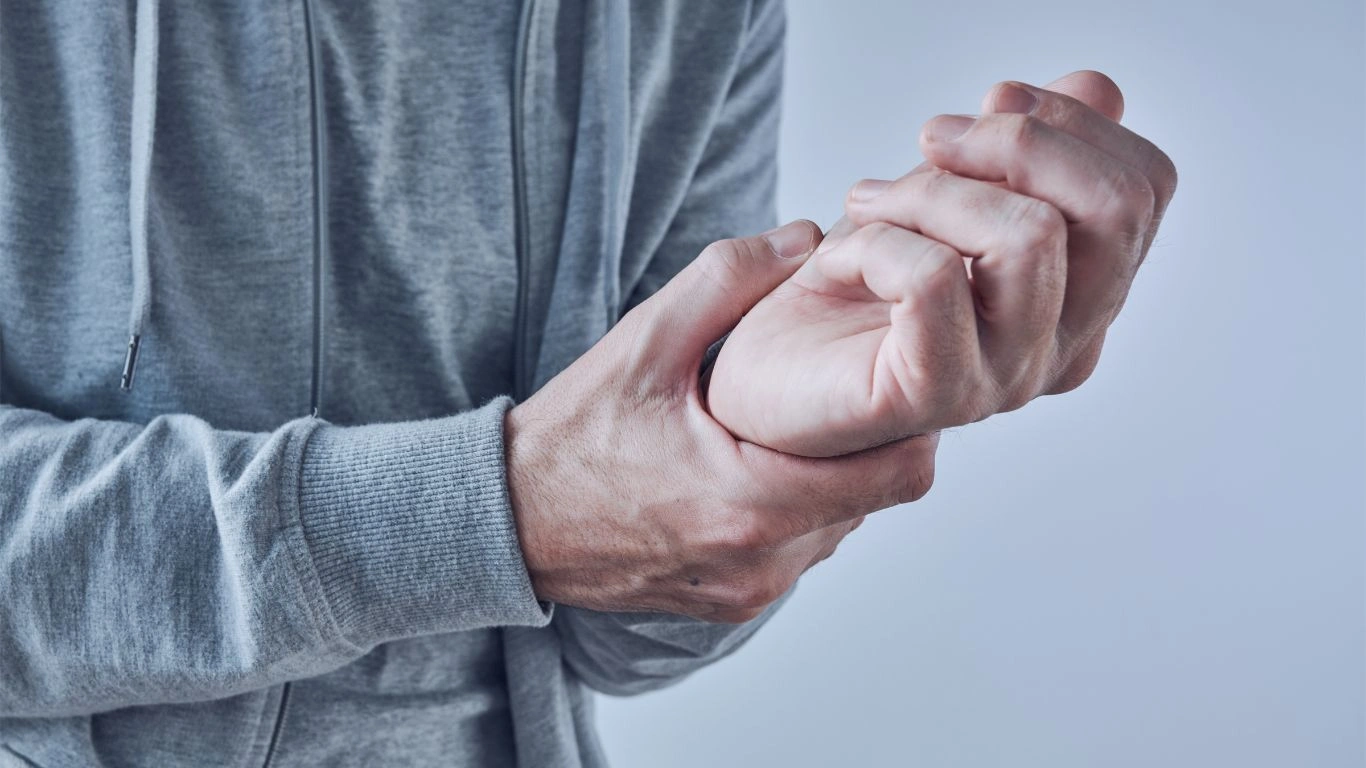“Adapting Your Lifestyle for Better Health with Rheumatoid Arthritis”
Living with rheumatoid arthritis and adapting your lifestyle for better health isn’t just about taking medication and keeping up with doctor’s appointments—though yes, those are important too. It’s about learning how to thrive *with* RA, not just survive it. As someone who’s spent years working closely with patients in rheumatology as a Nurse Practitioner, I’ve seen firsthand how powerful the right lifestyle adjustments can be. And no, I’m not talking about overhauling your life overnight—this is more about steady, realistic changes that support your joints, energy, and overall wellbeing without overwhelming you.
Understanding the Bigger Picture of Rheumatoid Arthritis

RA isn’t your typical wear-and-tear kind of arthritis. It’s an autoimmune condition, which means your immune system—normally your body’s defense mechanism—gets confused and starts attacking your joints. That immune overreaction causes inflammation, pain, stiffness, and swelling, usually starting in smaller joints like your fingers and wrists. Over time, it can affect larger joints, organs, and even your energy levels. One thing I always remind my patients is that this disease is more than just joint pain—RA affects your whole life.
And let’s be real for a second—it can be frustrating. You might wake up with hands that don’t cooperate or struggle with fatigue that doesn’t match the effort you’re putting in. If that’s you, you’re not alone. I’ve talked with so many patients who’ve said, “I just want to feel like myself again.” That’s where the power of lifestyle adaptations comes in.
Why Adapting Your Lifestyle for Better Health Really Matters

There’s no one-size-fits-all fix, but certain lifestyle tweaks can make a *huge* difference in managing RA symptoms. I’m talking less flare-ups, better sleep, improved mobility, and that sense of “hey, I’ve got this.” Over the years, I’ve noticed a pattern in patients who report better quality of life—they actively engage with their health beyond medications. They find their rhythm between rest and activity, eat with inflammation in mind, and surround themselves with support (even if it’s just a solid online group).
Small Wins Add Up
Don’t underestimate the value of tiny changes. One of my patients started using a jar opener and wrist braces—simple tools, right? But they helped her cook again without pain. Another swapped her evening soda for ginger tea and noticed her morning stiffness wasn’t quite as brutal. These wins may seem small, but they snowball into better days and less joint destruction in the long run.
What I Tell My Patients: It’s Not About Perfection
Honestly, perfection is overrated. I’ve had people come into the clinic stressed because they “messed up” their anti-inflammatory diet or skipped their stretches. Let’s take that pressure off. This isn’t a test. It’s about consistency over perfection. If your body is screaming for rest, rest. If you’re having a good day, enjoy it—but don’t feel guilty if tomorrow looks different. RA is unpredictable, and part of adapting is learning to go with the flow without beating yourself up.
Essential Lifestyle Shifts That Make a Real Difference

1. Movement that Supports Your Joints
Exercise might sound like the last thing you want to do when your joints feel like rusty hinges—but the right kind of movement can reduce pain and stiffness. Think low-impact, joint-friendly stuff like:
- Water aerobics
- Gentle yoga (especially restorative or chair yoga)
- Walking (short, consistent strolls over long treks)
- Physical therapy exercises
One of my go-to recommendations? Stretch every morning. Even five minutes of moving your wrists, shoulders, and ankles helps “wake up” your joints. I even do a few stretches at my desk between patients—it helps, trust me.
2. Eating with Inflammation in Mind
Food can be medicine—or at least a solid sidekick to your meds. I usually suggest focusing on an anti-inflammatory approach rather than chasing strict rules. That means eating more of the good stuff like:
- Omega-3 rich foods (salmon, flaxseed, walnuts)
- Colorful fruits and veggies (hello, antioxidants!)
- Whole grains (oats, quinoa, brown rice)
- Spices like turmeric and ginger
And yes, limiting ultra-processed foods and sugars *does* help. I once had a patient who was skeptical but cut back on sugary drinks for a month—and she legit said, “I feel like I took my joints on vacation.” Food isn’t a cure, but it’s definitely part of the toolkit.
3. Prioritizing Sleep Like Your Health Depends on It (Because It Does)
Sleep is when your body does its most important repair work, and RA tends to mess with that. Whether it’s joint pain or anxiety about tomorrow’s flare, a lot of folks I work with struggle to get decent rest. Some simple strategies that actually work:
- Keep a consistent sleep schedule (yes, even on weekends)
- Use a heating pad or warm bath before bed to relax stiff joints
- Limit screen time an hour before lights out
- Try white noise or guided sleep meditations
One woman I worked with started keeping a “wind down” routine and saw her energy improve within two weeks. We didn’t add new meds—just better sleep hygiene.
Managing Stress and Mental Load with Rheumatoid Arthritis

Let’s talk about the elephant in the room—stress. Rheumatoid arthritis isn’t just physically draining; it messes with your mental game too. Between the flare-ups, fatigue, doctor visits, meds, and lifestyle juggling, the stress adds up. I’ve seen patients spiral into a loop—stress triggers more symptoms, symptoms trigger more stress. Sound familiar?
In clinic, I always ask my patients how they’re coping emotionally, not just physically. You wouldn’t believe how often someone says, “No one ever asked me that before.” But mental health is part of RA care. Full stop.
Simple, Real-Life Stress Management Ideas
You don’t need a 90-minute meditation session to chill out (though if that’s your thing, go for it!). Try one or two of these:
- Start the day with five deep breaths before your feet even hit the floor
- Keep a short journal—just one or two sentences about your day
- Stretch while your coffee brews—hello, multitasking
- Use music as medicine (a good playlist can turn your mood around fast)
One of my patients started setting a timer for 10 minutes after work to do nothing—literally nothing. She said it helped her “reset” before the evening chaos. Sometimes the most effective tools are the simplest.
Therapy is Not Just for Trauma
Let’s normalize therapy while we’re at it. Having someone outside your circle to talk to—someone who gets chronic illness—is a game-changer. Whether it’s in-person or virtual, having that space to vent, plan, or cry without judgment can lift a massive weight. I’ve referred patients to counseling who came back later saying, “That was the missing piece.”
Creating a Daily Routine That Works *With* Your RA, Not Against It

One thing I’ve learned over the years—both professionally and personally—is that routines are everything when it comes to managing rheumatoid arthritis and adapting your lifestyle for better health. And no, I don’t mean some rigid schedule that sucks the joy out of life. I mean rhythms that support you and give your body what it needs, without draining your energy tanks.
Start with Non-Negotiables
I often tell patients to build their day around their “non-negotiables.” These are the absolute must-dos for your body and mind. Things like:
- Morning joint stretches
- Taking meds on time (set phone reminders—it helps!)
- Planning rest breaks (yes, schedule them like appointments)
- Meal prep or food planning to reduce last-minute stress
Even if the rest of your day goes off the rails (hey, life happens), hitting your non-negotiables gives you a sense of control and consistency that RA can’t take away from you.
Energy Budgeting 101
Think of your daily energy like a budget—if you spend it all on one task, you’ll be “overdrafted” the next day. A tip I’ve given countless times: learn to say no without guilt. You’re not lazy—you’re smartly managing limited energy. Spoon theory, anyone?
Also, try to pair tasks with breaks. One patient of mine started folding laundry in five-minute bursts between sitting down with her feet up. Another pre-chops veggies while watching Netflix—multitasking, but in a gentle, body-friendly way.
Building a Strong Support System

You don’t have to do this alone—and honestly, you shouldn’t. Having a solid support system doesn’t mean you need a cheering squad of ten. Just one or two people who really get it can make all the difference. I’ve seen patients who felt totally isolated at the beginning of their journey find connection and strength just by opening up to someone they trust.
Let People In (Even When It’s Hard)
I know, it’s hard to ask for help. But people often want to help—they just don’t know how unless you tell them. Maybe that’s picking up groceries during a flare, watching the kids so you can nap, or even just checking in with a “How are your joints today?” text. Those little things matter.
I remember a patient whose teenage daughter started leaving sticky notes with encouraging messages around the house. It brought her so much joy and really strengthened their bond during a tough time. Community—whether it’s family, friends, or even an online group—is huge.
Consider Joining a Rheumatoid Arthritis Community
If you don’t have someone in your immediate circle who gets what you’re going through, don’t worry—there are so many amazing online groups. I always tell patients to check out moderated RA Facebook groups, Reddit communities, or even Instagram accounts run by people living with RA. These spaces can be incredibly validating and helpful for swapping real-life tips.
Embracing Self-Compassion in the Face of RA
This one’s big. RA can make you feel like your body’s betrayed you—and that emotional toll adds up. But learning to treat yourself with kindness (especially on the hard days) is one of the most powerful things you can do. I’ve seen patients who finally let go of perfection and start showing themselves grace. And guess what? Their whole mood—and sometimes even their symptoms—shift.
Some Ways to Practice Self-Kindness
- Speak to yourself the way you would a close friend
- Celebrate tiny victories (made it out of bed? That counts!)
- Rest without guilt
- Let yourself feel the feels—anger, grief, frustration—it’s all valid
One woman I worked with started keeping a “win journal” where she jotted down one thing she did well every day—whether it was walking an extra block or remembering to take her meds. That small habit helped her shift from frustration to empowerment.
Planning for the Long Haul with Rheumatoid Arthritis

Let’s be real—rheumatoid arthritis and adapting your lifestyle for better health isn’t a quick fix or a one-and-done journey. It’s more like a marathon with winding roads, surprise detours, and pit stops. I always tell my patients, “We’re not just treating RA—we’re learning how to *live* with it.” That means making space in your life for both management and joy, both setbacks and wins. And yep, it’s a balancing act, but one you can absolutely learn to navigate.
I’ve watched patients go from overwhelmed and burnt out to confident and in control—all because they got intentional about the long game. So, let’s talk about what that looks like in real life.
Set Realistic Long-Term Goals
Whether it’s walking a 5K, traveling with fewer flare-ups, or simply reducing morning stiffness, goal setting gives you direction. But the key? Make it realistic. Start small and scale up. For example:
- “I want to be able to garden again without pain.”
- “I’d like to reduce my reliance on NSAIDs.”
- “My goal is to sleep through the night at least 3 times a week.”
One of my patients set a goal to cook dinner three nights a week after months of takeout. It seemed simple, but the independence and sense of normalcy it gave her? Huge win. We celebrate those kind of victories in clinic.
Adjust Goals as Needed
Life changes. Flares happen. Energy fluctuates. And that’s okay. Flexibility is your friend. What matters is that you’re aiming forward, even if you need to take a break or reroute. Think of it like a GPS: you’re still headed to your destination—it just might take a few turns.
Working *With* Your Rheumatology Care Team

One of the most empowering shifts I see in patients is when they stop seeing themselves as passive recipients of care and start seeing themselves as partners in it. You know your body best, and when you bring that awareness into conversations with your care team—magic happens.
Speak Up and Ask Questions
I always tell my patients: never feel like your questions are “silly.” Whether you’re confused about a med, wondering about a new symptom, or thinking about alternative therapies—bring it up. We’re here for that.
Try keeping a simple health journal. Jot down how you’re feeling, what’s helping, what’s not. I’ve had patients come into appointments with notes on their sleep, fatigue, and joint pain levels. That info? Super valuable for tailoring treatment plans.
Make the Most of Appointments
Clinic time is precious. Use it wisely:
- Bring a list of questions or concerns
- Mention changes in symptoms—even if they seem small
- Discuss side effects openly (you don’t have to suffer in silence!)
- Ask about lab results, imaging, and what they mean for your care
And if you ever feel rushed or unheard, it’s okay to advocate for yourself or even consider seeking a second opinion. A strong patient-provider relationship should feel collaborative and respectful, always.
Assistive Tools and Tech That Can Make Life Easier
Modern problems require modern solutions—and luckily, there are so many tools out there that can make daily life with RA a little smoother. I geek out over gadgets, and some of these have legit changed patients’ lives.
Everyday Joint-Savers
- Ergonomic kitchen tools – grip-friendly peelers, jar openers, and knives
- Voice-controlled smart devices – think Alexa or Google Home for turning on lights or reminders
- Compression gloves – especially useful during flares for wrist and hand support
- Adaptive shoes and easy-on clothing – saves time, energy, and frustration
One woman I know started using a simple electric can opener—game changer. Another invested in a heating pad with auto shut-off for nighttime comfort. Small upgrades, but huge impact on independence and joint relief.
Apps Worth Downloading
There are also some excellent apps for tracking symptoms, meds, and appointments. I often recommend:
- MyRA – simple symptom tracker designed for RA patients
- Medisafe – helps with medication reminders
- Calm or Insight Timer – for managing anxiety and improving sleep
Digital tools aren’t a cure, but they’re awesome support systems—and they fit right in your pocket.
Traveling, Dating, and Living Life with RA
Here’s the truth: RA might change how you live, but it doesn’t have to stop you from living. I’ve had patients go on vacations, start new relationships, even train for marathons. It’s not always easy—but it’s absolutely possible with the right prep and mindset.
Travel Tips from Patients Who’ve Been There
- Request wheelchair or mobility assistance at airports—less strain, less stress
- Pack medications in your carry-on, with prescriptions and a note from your doc
- Build in rest days (you don’t have to see everything!)
- Bring heating patches or pain relief creams for on-the-go comfort
One of my long-time patients planned a two-week Europe trip. Her secret weapon? A rolling suitcase with a built-in seat and a flexible itinerary. She had the time of her life, on her terms.
Relationships and RA—Yes, It’s Doable
Whether you’re dating or married, communication is key. Explain your flares, be honest about your limits, and let people show up for you. RA can be a challenge—but it also filters out the people who aren’t worth your energy (and who has extra energy to waste?).
References
Disclaimer
This blog is intended for educational purposes only and should not be used as a substitute for professional medical advice, diagnosis, or treatment. Always consult your healthcare provider before making any changes to your health regimen. The content shared reflects personal and professional insights from clinical experience but may not apply to every individual.

Tarra Nugroho is a dedicated Nurse Practitioner with a strong foundation in family and preventive care. She brings both compassion and clinical expertise to her practice, focusing on patient-centered care and health education. As a contributor to Healthusias.com, Tarra translates medical knowledge into clear, empowering articles on topics like women’s health, chronic disease management, and lifestyle medicine. Her mission is simple: help people feel seen, heard, and informed—both in the clinic and through the content she creates. When she’s not caring for patients, Tarra enjoys weekend hikes, plant-based cooking, and curling up with a good health podcast.






